Don’t know how much to water?
Watering in the kitchen garden is a fundamental aspect of successful kitchen gardening.
It plays a crucial role in ensuring the health and vitality of plants, facilitating nutrient uptake, and promoting robust growth.
Understanding the essential watering practices, including frequency, timing, and methods, is vital for maintaining a thriving kitchen garden.
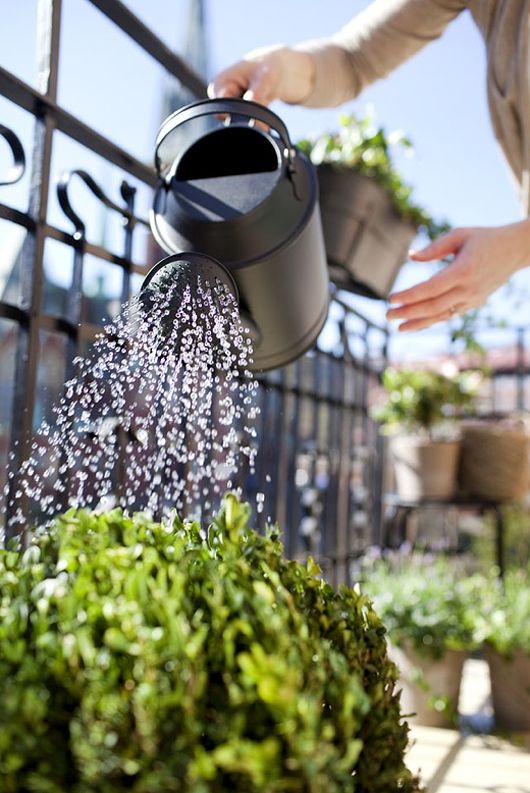
Understanding Plant Water Needs
The water requirements of plants vary depending on several factors such as species, stage of growth, environmental conditions, and soil type.
Overwatering or underwatering can lead to detrimental effects on plant health.
Signs of overwatering include yellowing leaves, wilting, and root rot, while underwatered plants may appear wilted, with dry, crispy leaves.
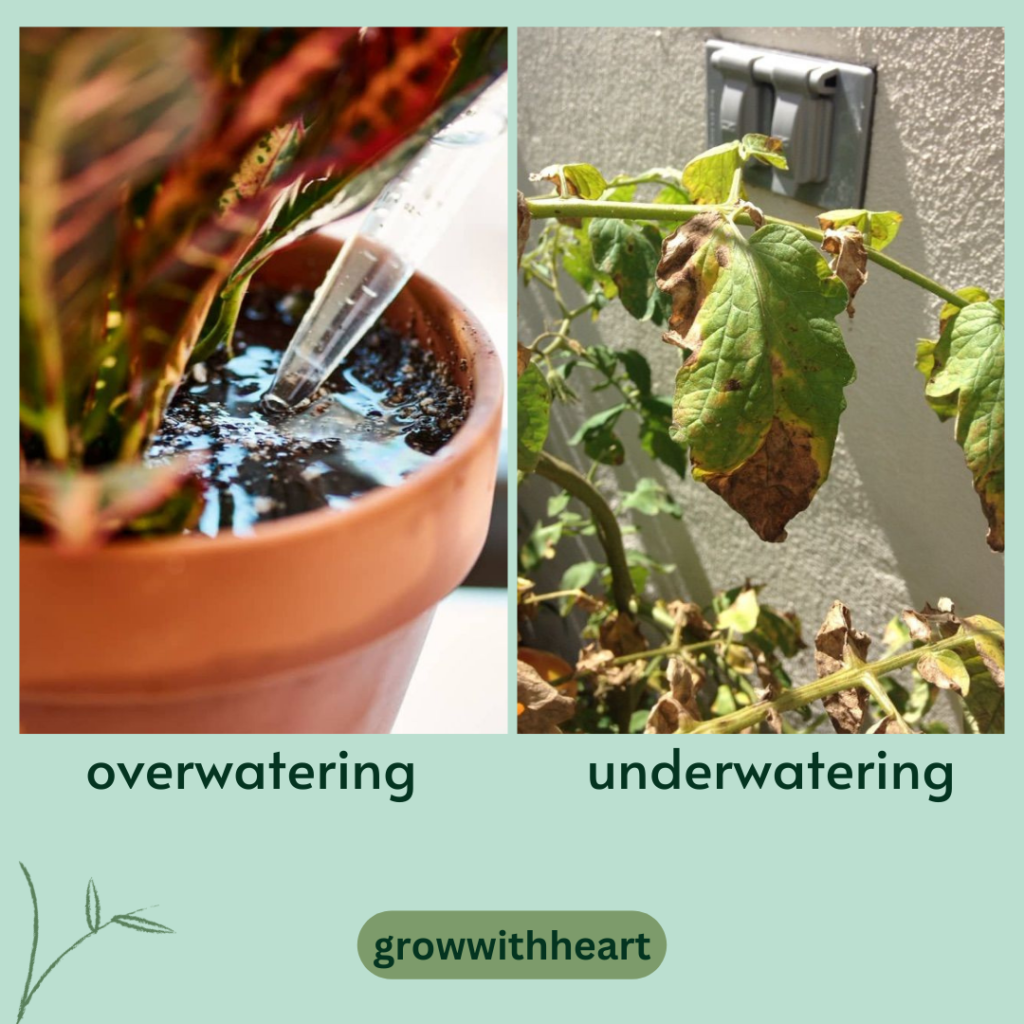
It’s essential to observe and adjust watering practices accordingly to meet the specific needs of each plant.
Frequency of Watering
Determining the frequency of watering is essential for providing plants with an adequate supply of moisture without waterlogging the soil.
Different types of plants have varying water requirements. Generally, vegetables and herbs grown in kitchen gardens benefit from consistent moisture levels, especially during periods of active growth.
However, the frequency of watering may need to be adjusted based on factors such as plant size, weather conditions, and soil moisture levels.
Timing of Watering
The timing of watering can significantly impact the effectiveness of irrigation.
Watering in the early morning or late afternoon is ideal as it allows moisture to penetrate the soil without excessive evaporation.
Avoid watering plants during the hottest part of the day to prevent water loss through evaporation and minimize the risk of leaf scorch.

Methods for Effective Watering
Several methods can be employed to ensure efficient water distribution to plants.
Drip irrigation systems deliver water directly to the root zone, minimizing wastage and reducing the likelihood of fungal diseases.
Soaker hoses provide gentle, consistent watering, ideal for beds and rows of plants.
Hand watering with a watering can or hose nozzle allows for precise targeting of water to individual plants, ensuring thorough coverage.
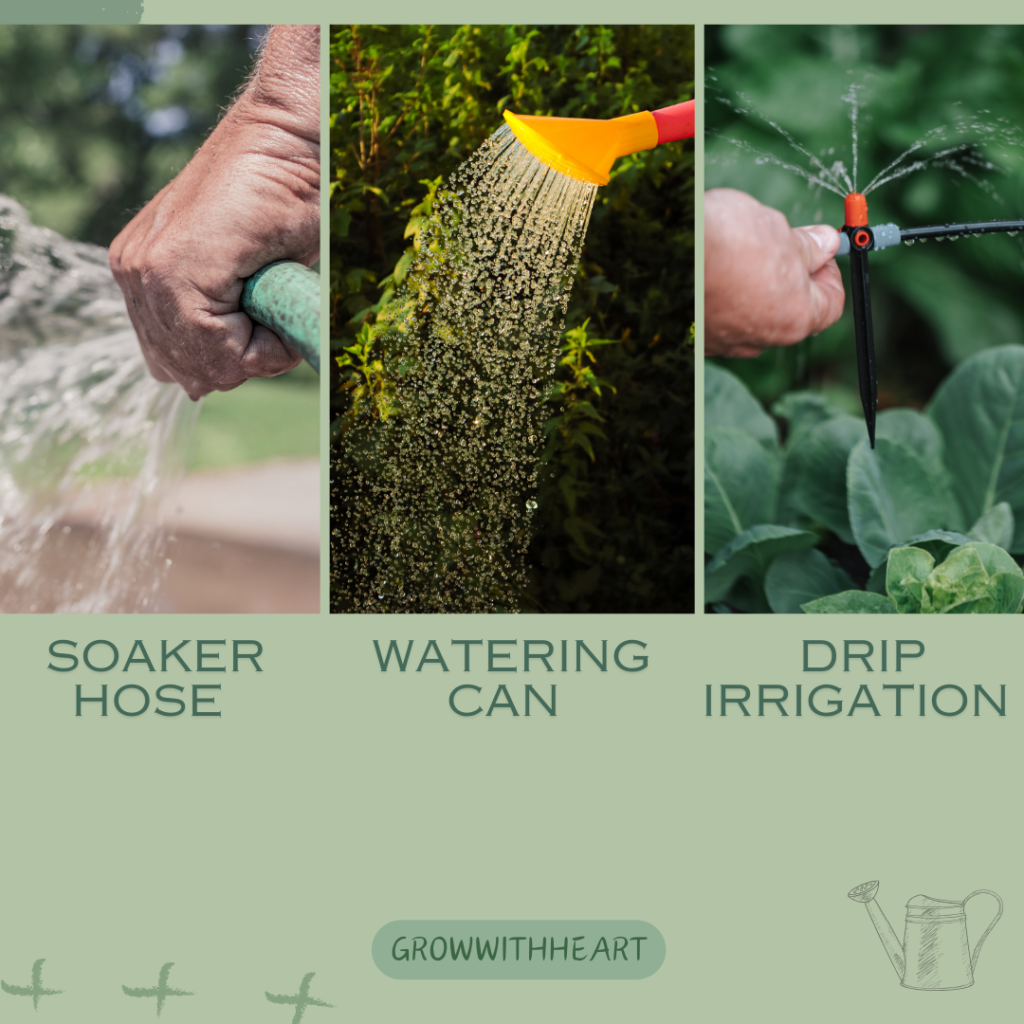
Water Conservation Tips
In addition to effectively watering plants, adopting water conservation practices is crucial for sustainable gardening.
Applying mulch around plants helps retain soil moisture, suppresses weed growth, and moderates soil temperature.
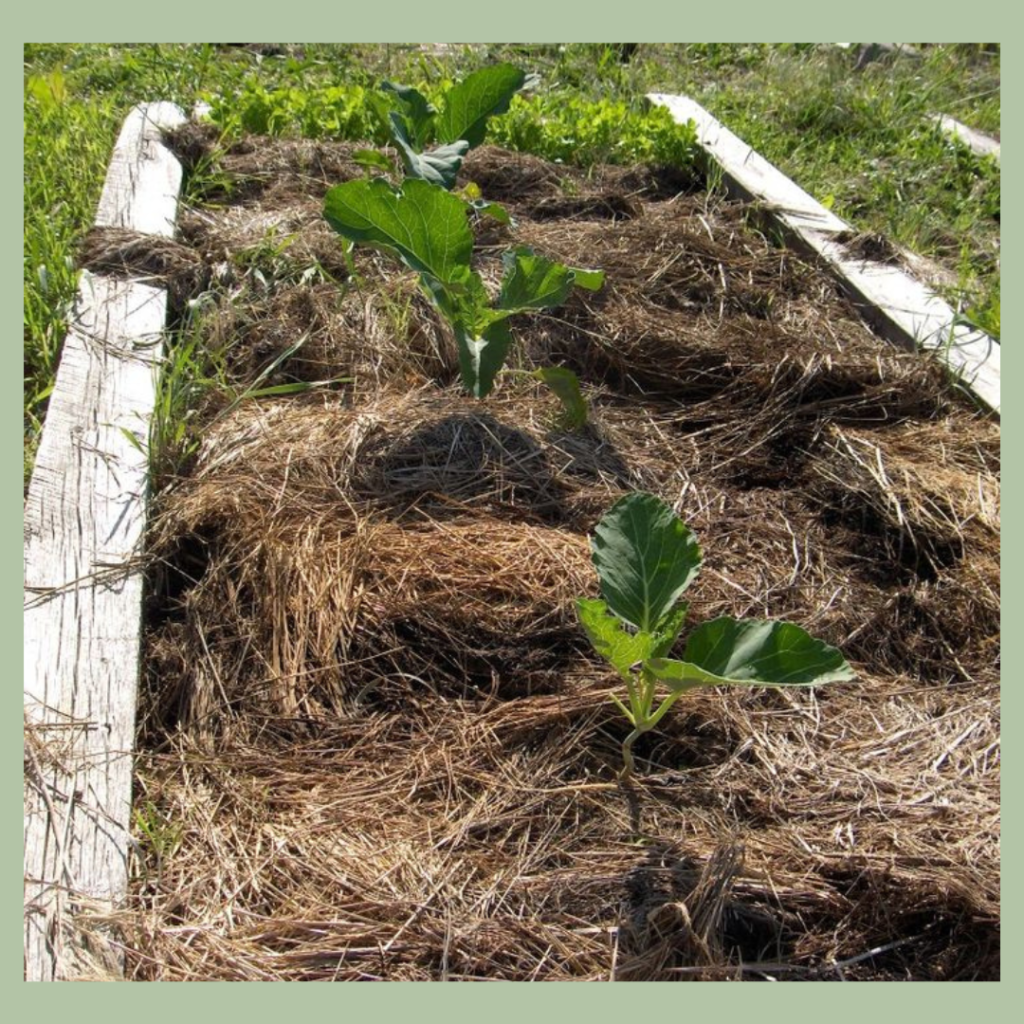
Collecting rainwater in barrels or cisterns provides a free and eco-friendly water source for garden irrigation.
Monitoring Soil Moisture
Regularly monitoring soil moisture levels is essential for optimizing watering practices.
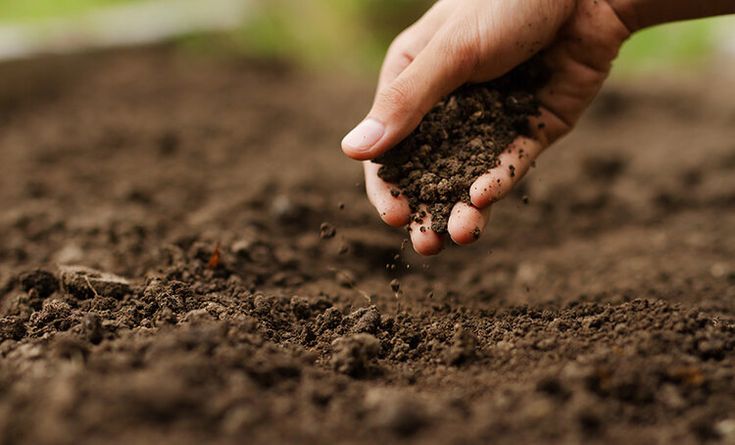
Using moisture meters can help gauge soil moisture accurately, indicating when watering is necessary.
Additionally, observing soil texture and appearance can provide valuable insights into moisture levels, with dry, crumbly soil indicating the need for watering.
Conclusion
Mastering essential watering practices is fundamental to the success of a kitchen garden.
By understanding plant water needs, adjusting watering frequency and timing, employing effective watering methods, conserving water, and monitoring soil moisture, gardeners can promote healthy plant growth and maximize yields.

Pingback: 12 Kitchen gardening planting techniques you need to know! -
Pingback: 10 organic gardening principles you must know! -
Pingback: Here is how you need to maintain your kitchen garden! -
Pingback: Container gardening like a pro! -
Pingback: The joy of growing herbs: homegrown happiness -
Pingback: Small Space vertical gardening
Pingback: Budgeting for Vertical gardening: keep your cost down!💰
Pingback: Mulch like a pro, with these Mulching techniques -